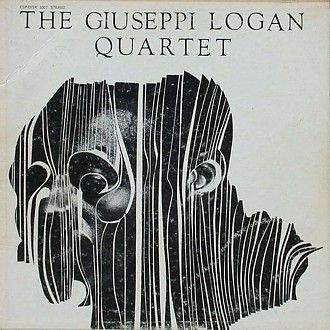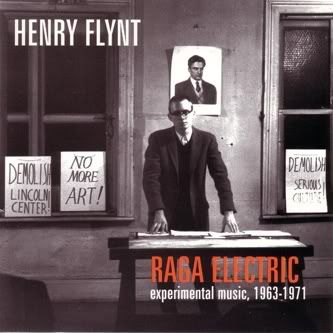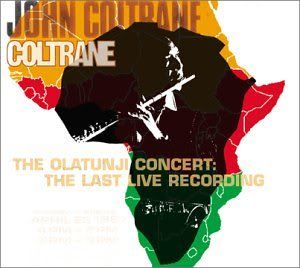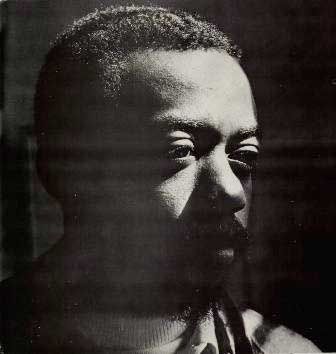
ESP-Disk', 1966; available
4 tracks, 34:02
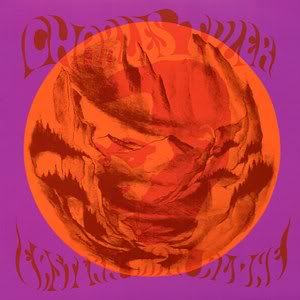
ESP-Disk', 1967; available
4 tracks, 48:24
The late great Charles Tyler was one of the underrated titans of free jazz. Having done work with everyone from Albert Ayler (on BELLS and SPIRITS REJOICE) to Rudolph Grey's Blue Humans (sadly unrecorded), he was renowned as a ferocious baritone saxman*. Curiously, he chose to play alto instead for his first two outings as a leader. CHARLES TYLER ENSEMBLE, the first of these, is also one of his most intense. For this record, Tyler assembled an impressive cast of well-known players (drummer Ronald Jackson**, drummer Charles Moffett on "orchestral vibes" for two tracks, and bassist Henry Grimes) as well as the obscure Joel Friedman on cello. Over the four tracks, Tyler and company indulge in a particularly exciting style of potent jazz. Opener "Strange Uhuru" is probably the most sedate, with Moffett's vibraphone adding an interesting touch. The intensity increases for "Lacy's Out East" (possibly a reference to Steve Lacy, but Lacy was also Tyler's middle name), "Three Spirits", and especially "Black Mysticism". Grimes and Jackson make for an impressive rhythm section, while Friedman's cello adds a unique touch of string insanity. Ayler himself was never quite this severe! It all adds up to a fine early ESP offering, highly recommended to any fan of the label or free jazz in general.
Curiously, for his second outing, Tyler took a mellower and completely different approach. Gone are the drums and the sidemen from ENSEMBLE. Instead, EASTERN MAN ALONE presents a unique quartet of Tyler, cellist David Baker, and bassists Kent Brinkley and Brent McKesson. With the change in instrumentation came the remarkable change in sound, especially apparent on opener "Cha-Lacy's Out East". Taking the basic theme of ENSEMBLE's "Lacy's Out East", Tyler and company radically rearrange it into a nearly raga-styled treasure of string interplay and sax accents. Also notable is the length of the pieces; closer "Eastern" is the shortest at 10:56, while the others are over the twelve-minute mark! "Eastern" is also the most free-form of the bunch, with every player seemingly going off on a different direction from the rest. "Man Alone" and "Le-Roi" (the latter written by Baker) follow "Cha-Lacy's Out East"'s lead, taking a modal and peaceful style of following a theme with minor improvisational elements in the middle. This might be a confusing listen after the intense ENSEMBLE, but it's every bit as accomplished and delightful. In fact, I usually play one after the other, with EASTERN MAN ALONE providing some soothing relief after ENSEMBLE's onslaught.
Tyler would continue to record until his death in 1992, but he didn't lead a group again until 1974's VOYAGE FROM JERICHO. All of his work comes highly recommended, but these two ESP albums might possibly show him at his best and most innovative; another highly original outing is 1976's SAGA OF THE OUTLAWS, an impressive one-composition epic that clocks in just ten seconds short of thirty-seven minutes.
*Tyler also founded the independent Ak-Ba label, which has been mentioned here before since it was the label that released Arthur Doyle's ALABAMA FEELING.
**Later known as Ronald Shannon Jackson, he was especially known as the drummer for the crazily powerful Last Exit, which also featured Bill Laswell, Sonny Sharrock, and Peter Brötzmann.
